Missouri Botanical Garden, part 3
Today I continue my recent visit to the Missouri Botanical Garden. Part 1 is here and part 2 is here in case you missed them.
Today's post is all about the Japanese garden, one of the jewels of the park for sure. Let's jump right in.
In my first post about this visit I said that I wasn't going to refer to a map. Well, I've changed my mind. Here's a link to a map of the garden. The Japanese garden is easy to find -- just look for the big lake. These photos are all pretty much in order as I took them, and I'm walking around the lake from the English woodland garden clockwise if you care to follow along.
As you would expect, the Japanese garden is high-maintenance. Raking, pruning, weeding -- I'm certain this part of the garden requires so much more attention than say the woodland garden. (Plus, it's huge.) The effort pays off though, with some fantastic specimens and views.
On a much smaller scale too, like with this moss lawn:
I've tried to grow moss before, and it's so difficult during our hot summers. This area must require so much watering as well as meticulous weeding -- not to mention leaf removal.
Yes, there are fish here, and you can feed them.
The bridge from which you do this is really attractive:
There were lots of cameras out today, but I'm pretty sure I was the only one shooting the railing.
Pines in all shapes and sizes were everywhere:
The rounded plants below look like mugo pines. My small mugo grows very slowly, so I wonder how old these are -- thirty years? Beautiful tree for sure.
It seems that pretty much every tree here is beautiful, but some are more spectacular than others, like this maple:
That's just amazing! I'm going to have to start tending my Japanese maples a bit more, shaping them into something like this that you can't take your eyes off.
The bark of this red pine doesn't need pruning though -- exfoliating bark is so beautiful! (Of course I've never had a tree with exfoliating bark -- maybe they create a mess that's a pain to deal with.)
Finally, some more bamboo! It's a very large patch of Pleioblastus pygmaeus, a groundcover bamboo (obviously):
This next photo is supposed to show how they've trimmed it down to the grass level, so it appears to blend in rather than creating a clear border as in the above photo. It's difficult to see unfortunately. I wonder why they did this?
I love these big, chunky stone steps:
I also wondered how they kept the bamboo on the left from spreading into the mondo grass on the right. I couldn't see any barrier material of any kind.
Then I realized they didn't. It had spread to the other side, and I guess they just remove it as needed:
Interestingly, this is the only bamboo growing in the Japanese garden. (I've said that they're pretty uninspired here when it comes to bamboo for some reason. Maintenance I expect.) There are so many wonderful Japanese bamboos, you'd think they would use a couple more at least.
This is the feature you see when coming down those chunky steps:
I love it and am trying to think of a place where something like this would work in my yard. Unfortunately I can't imagine it right now. The man-made wooden objects are so important in this type of garden.
I thought these benches were nice on their own, but put them next to the right plant and they're amazing!
These benches give the perfect view of the lake and surrounding plantings:
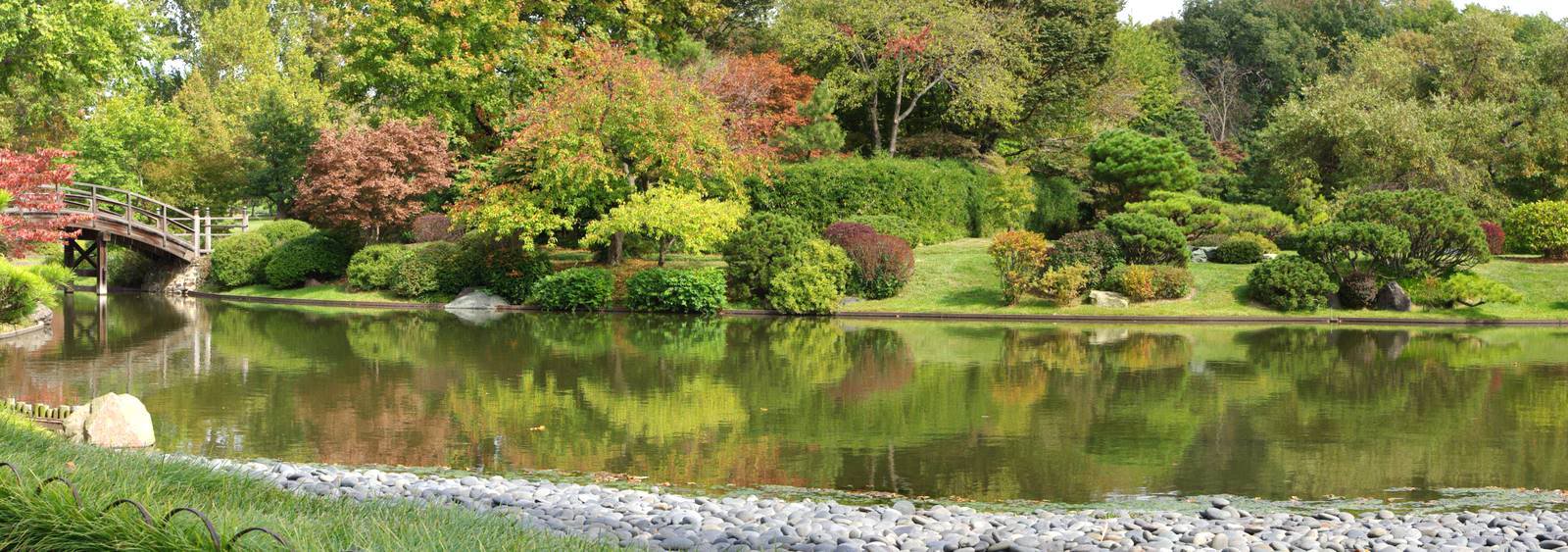 |
| Click for larger panoramic view |
 |
| Click for the full panorama. |
I could sit and look at the lake for an hour, but there was more to see (and lawnmowers were approaching, cracking the calm) so I moved on.
If I had a retaining wall in a sunny spot I would plant trailing junipers on them too:
I think the row of deep red mums is perfect here. I think the white flowers are also mums, although I have no idea how they got them to trail like that.
Besides the beautiful sweeping views of the lake, there are some nice small-scale scenes too:
I seem to remember this bridge being open on previous visits, years ago. I think they've determined it's too old now to safely support people, but I could be wrong about that.
More beautiful scenes, some tucked back off the main path:
Have I mentioned before that I love textures (or could you just tell)? Tree bark, stones, moss -- if it's got an interesting pattern I can't help myself:
As you leave the lake and Japanese garden behind, you get one last taste, but with a little twist:
This attractive bed really only contains a single "exotic" piece -- the stone lantern. The plants are all common garden plants, at least around here. A Hydrangea, some groundcover junipers, a young Japanese maple. You can find each of these plants at any garden center in the area, but combined in this way you have a very Japanese look.
That's the perfect way to end this post, with common garden plants. Why? Because tomorrow I'll show you the "Center for Home Gardening" which is relatively new and surprisingly wonderful.
.


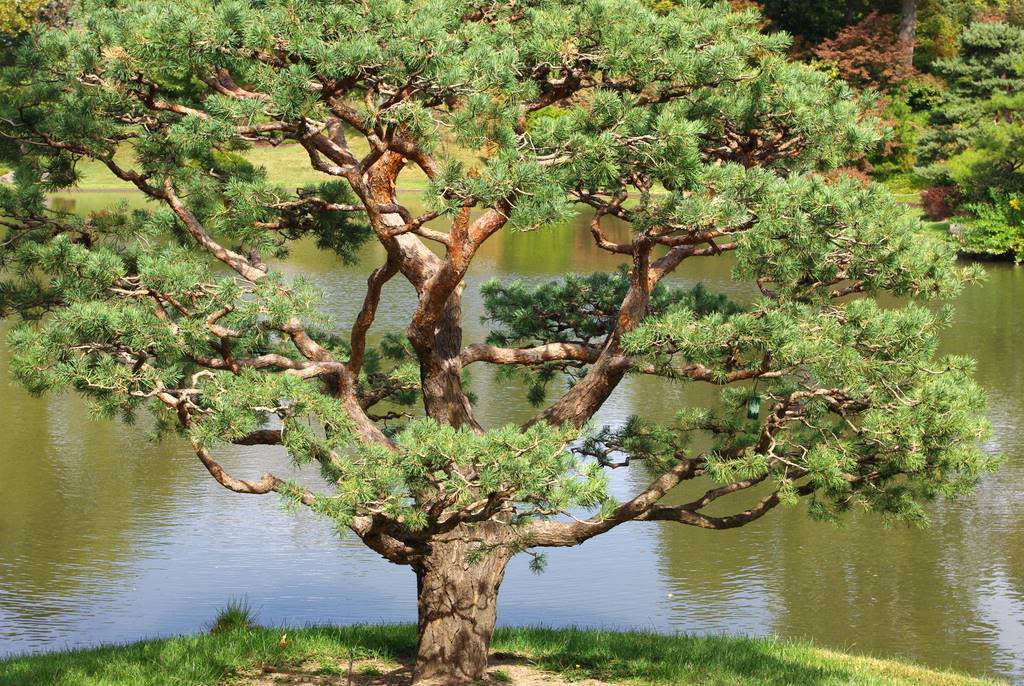

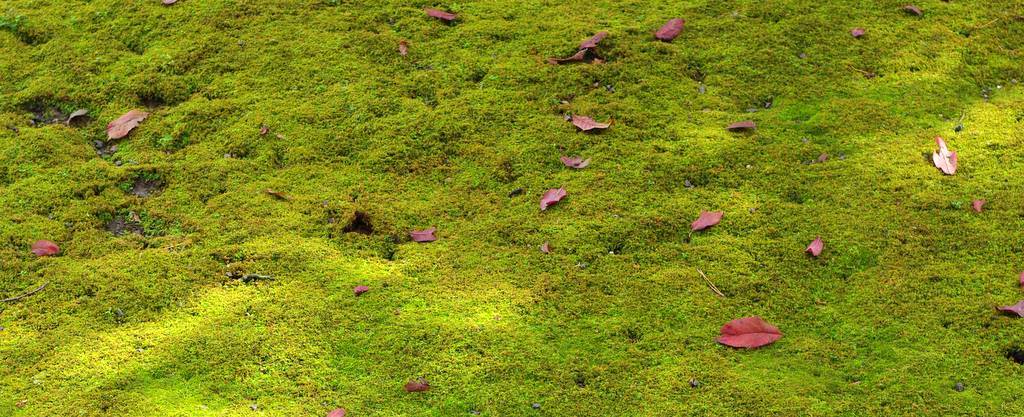
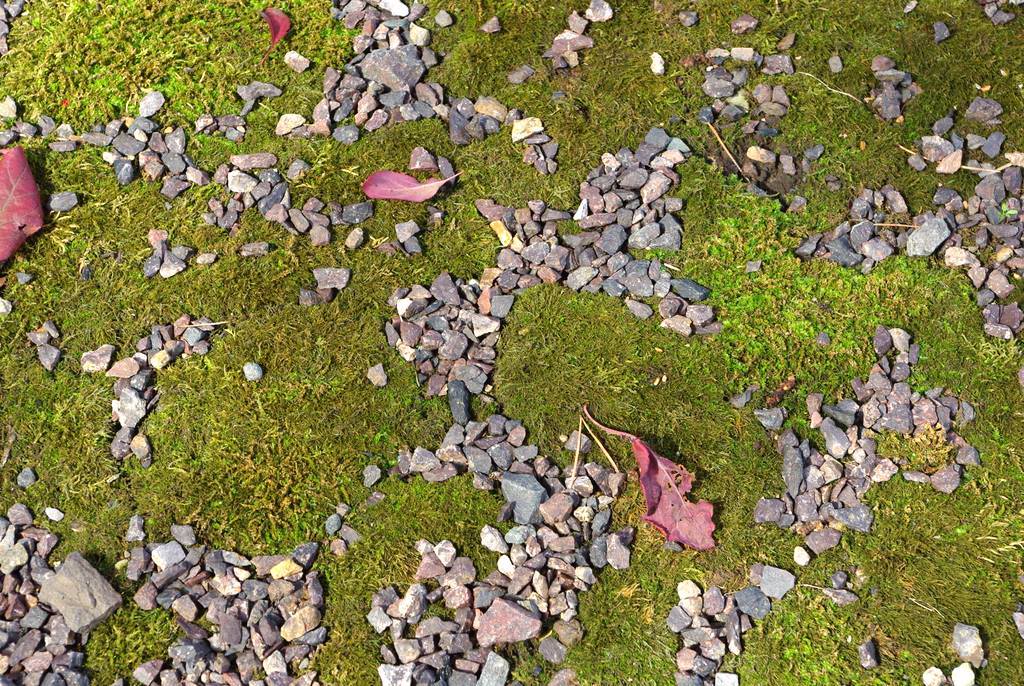
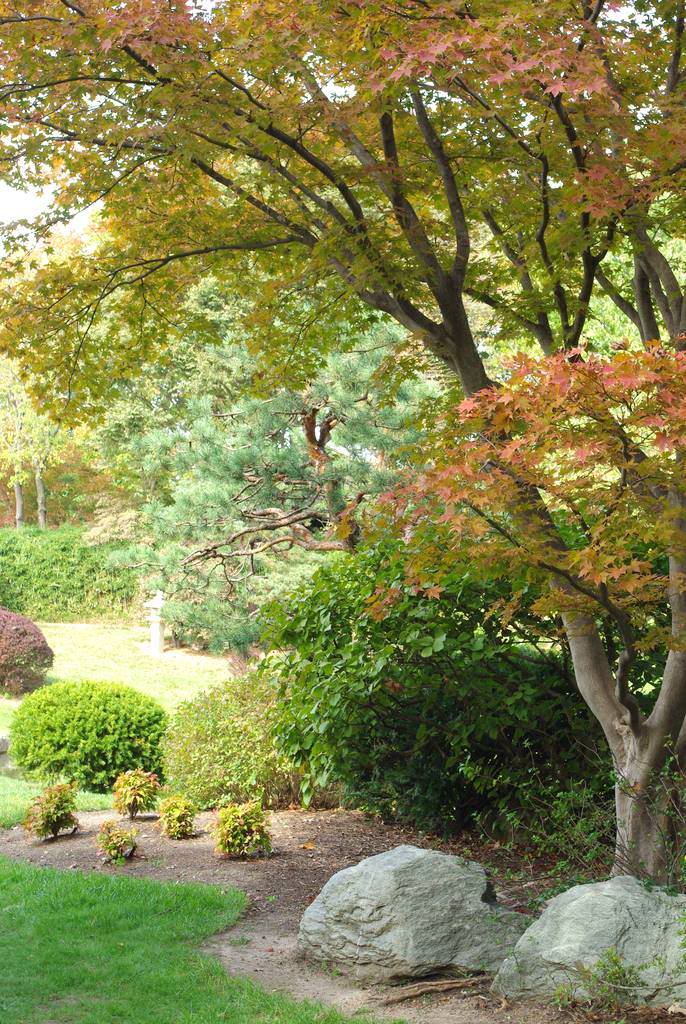
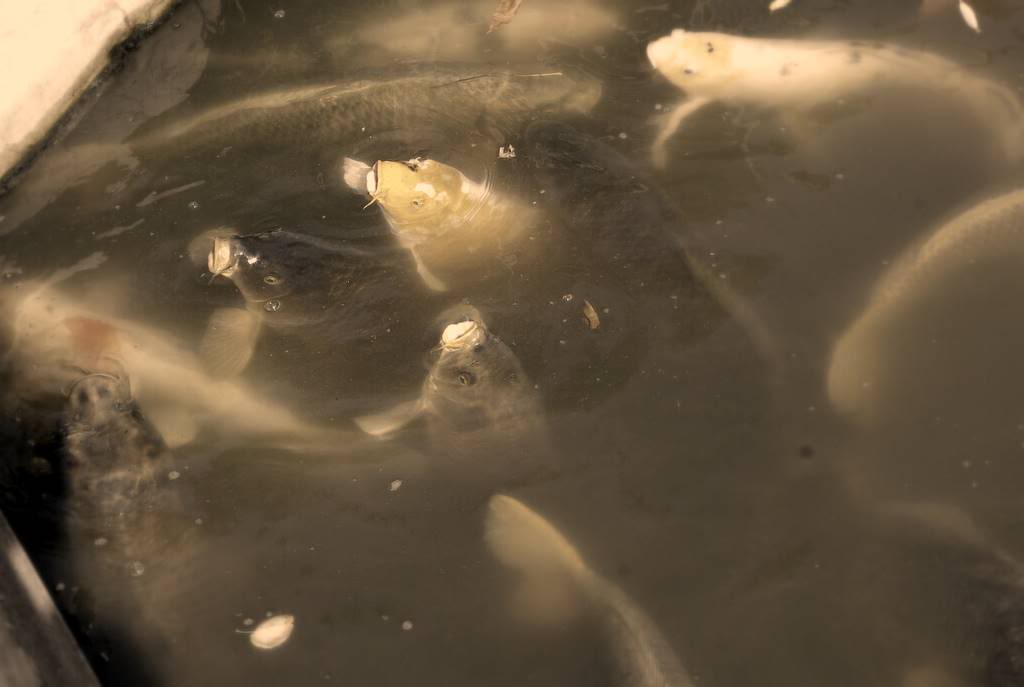

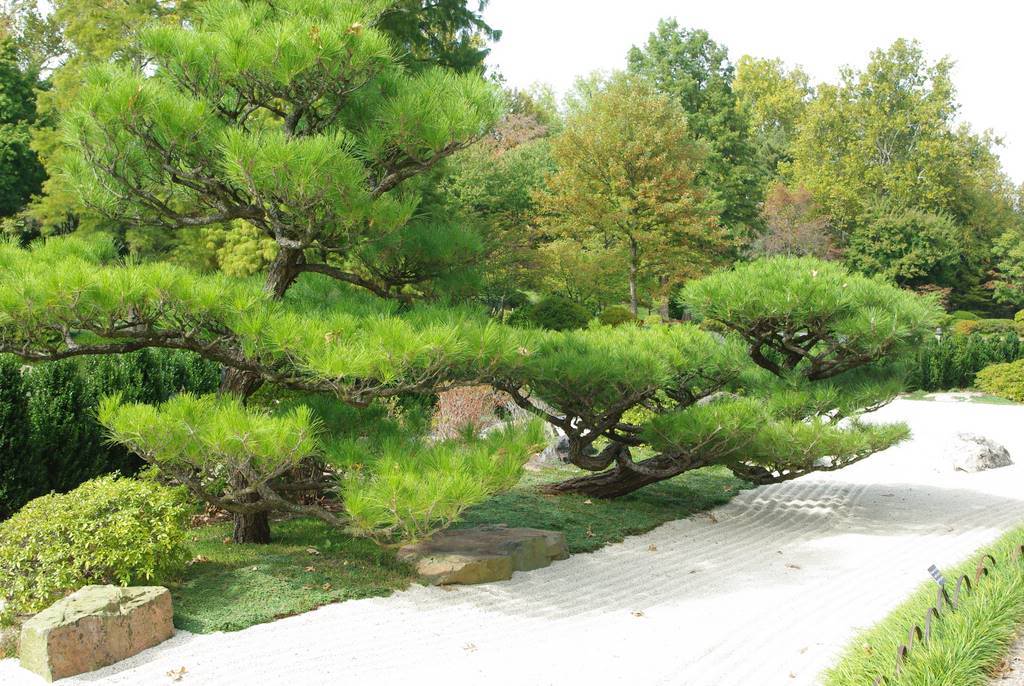
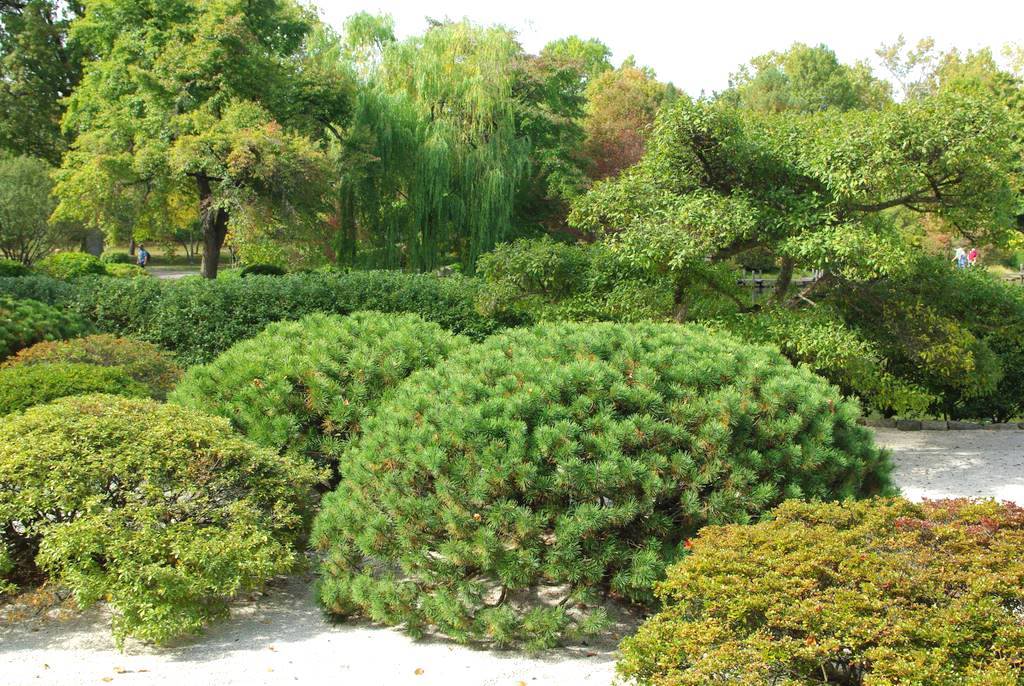
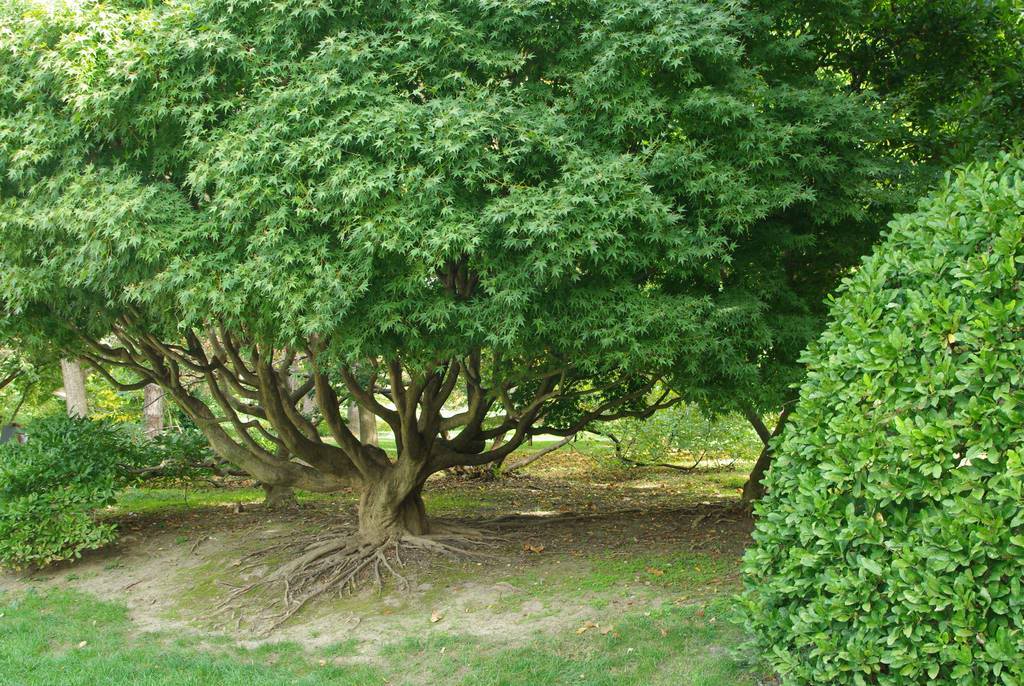

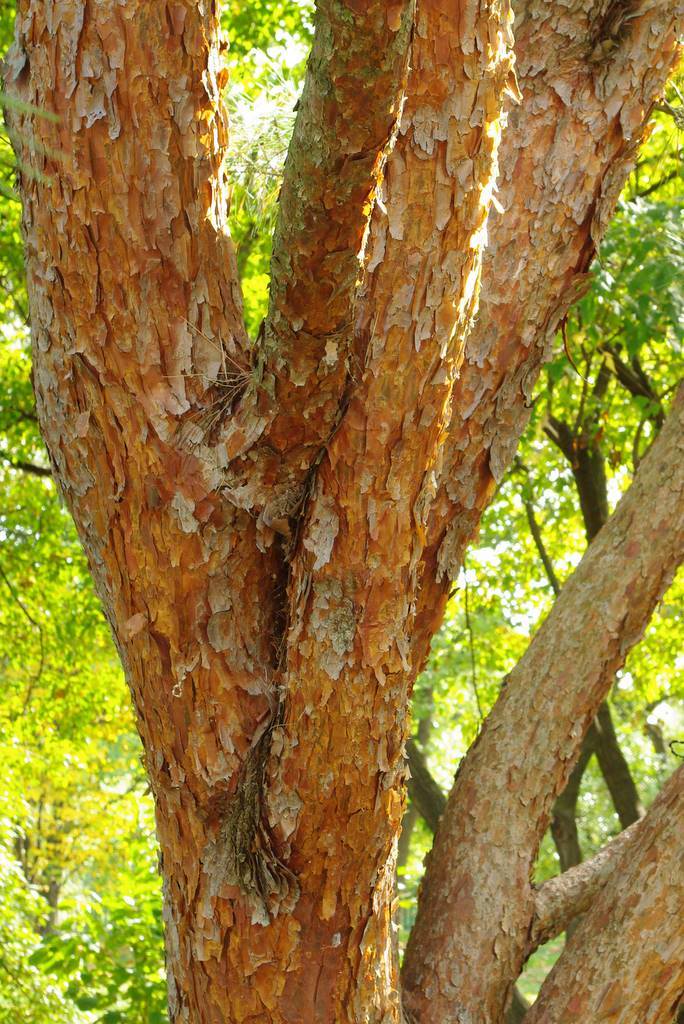

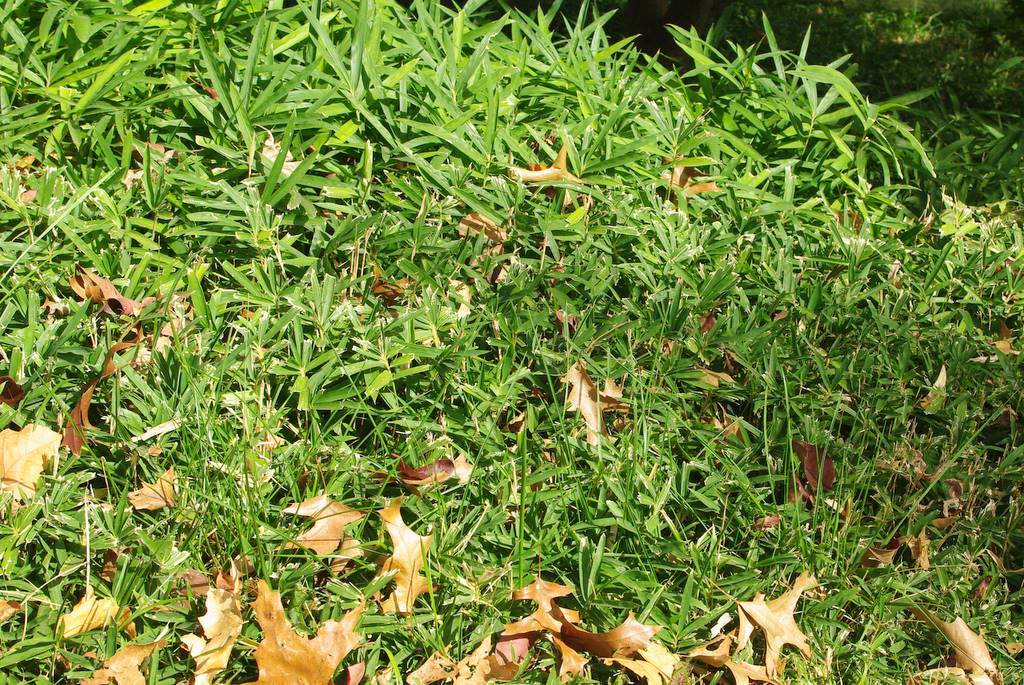
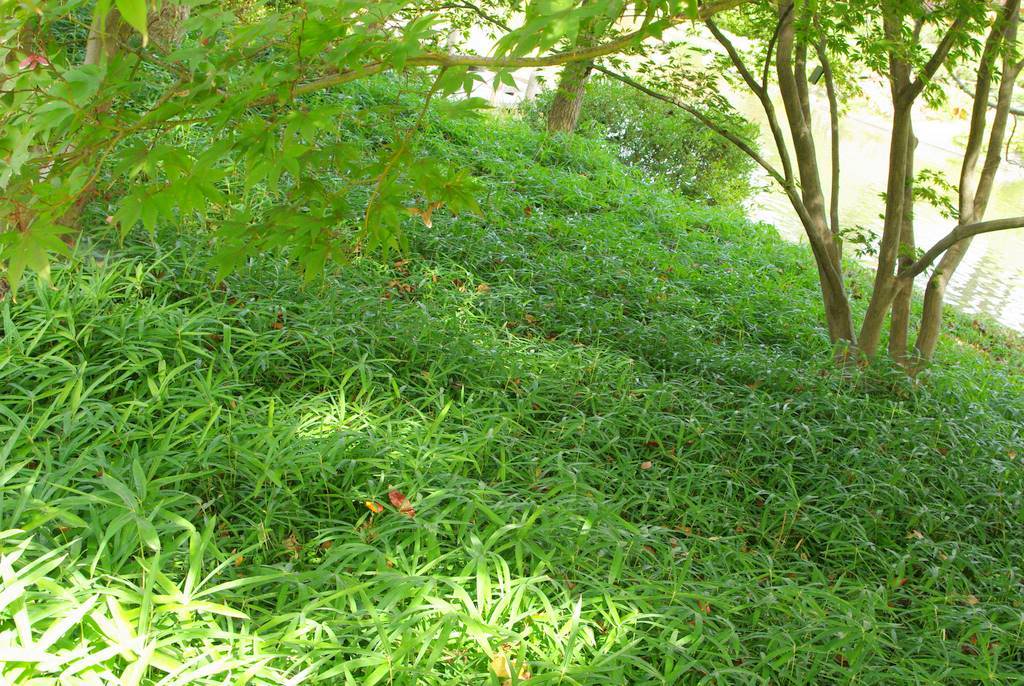
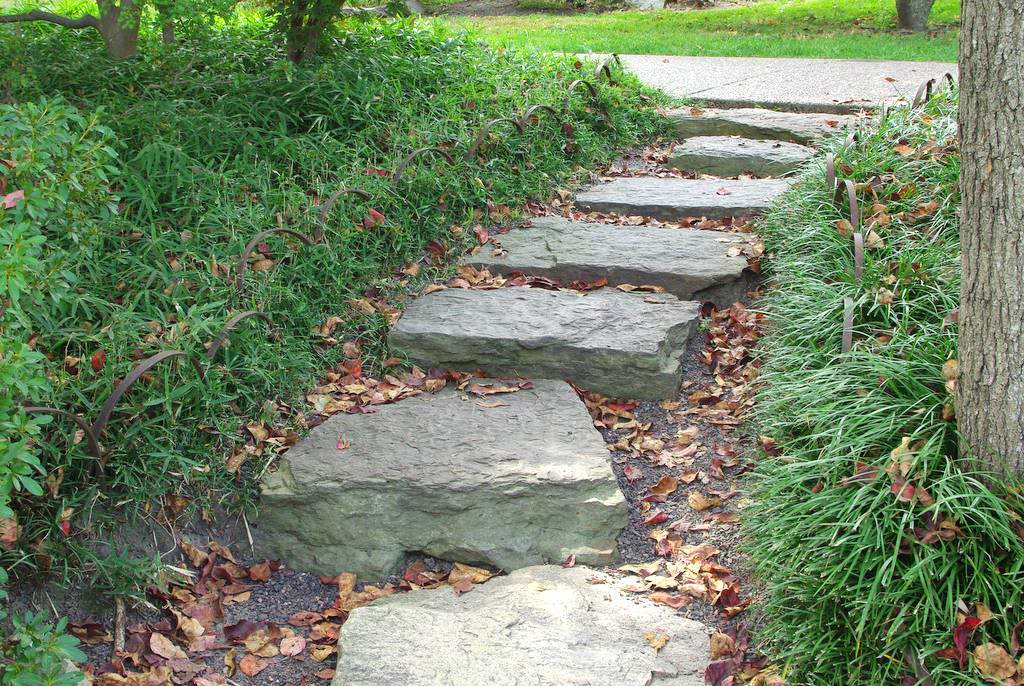
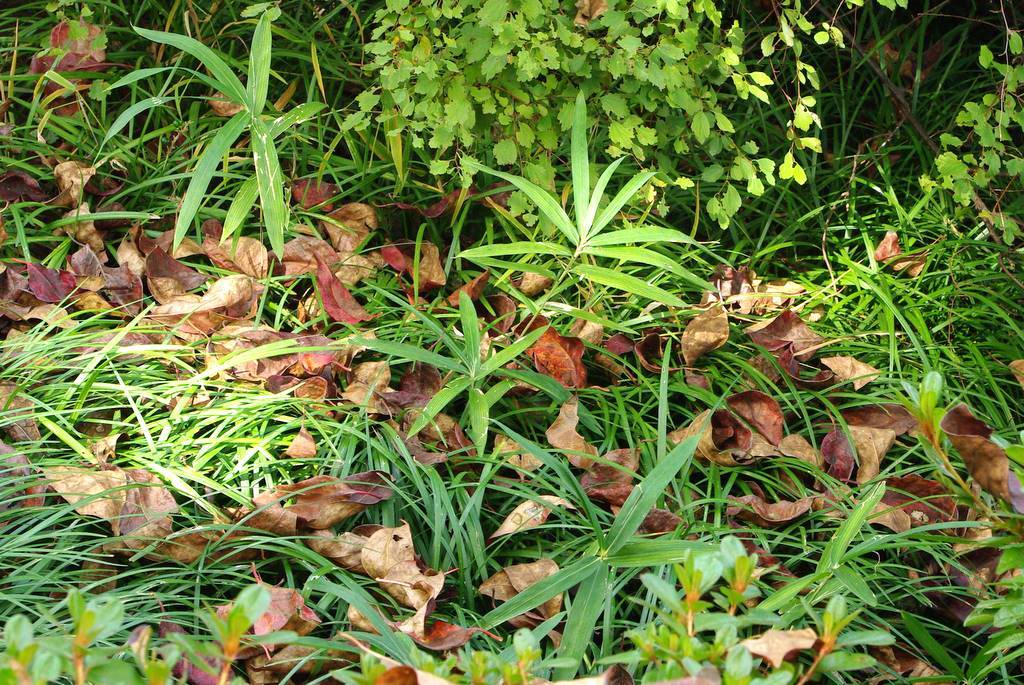
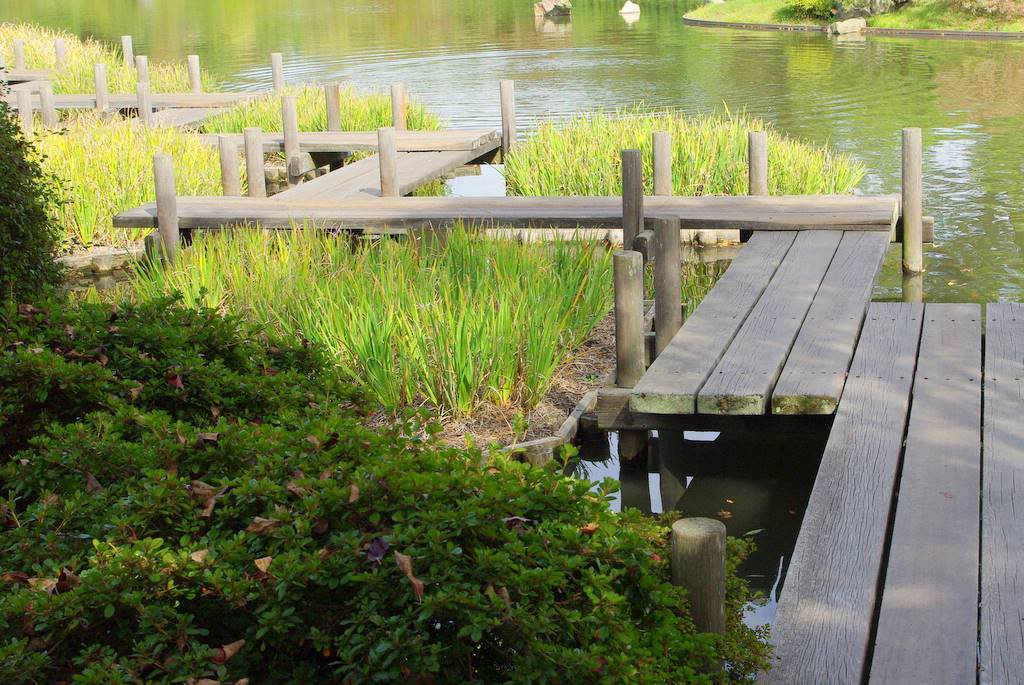
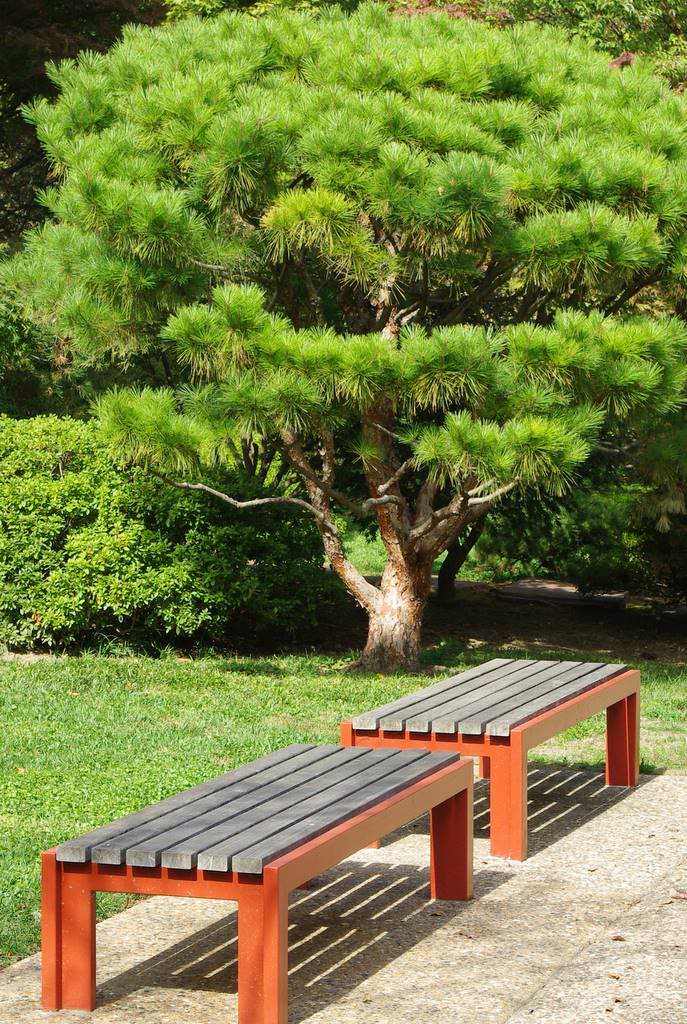
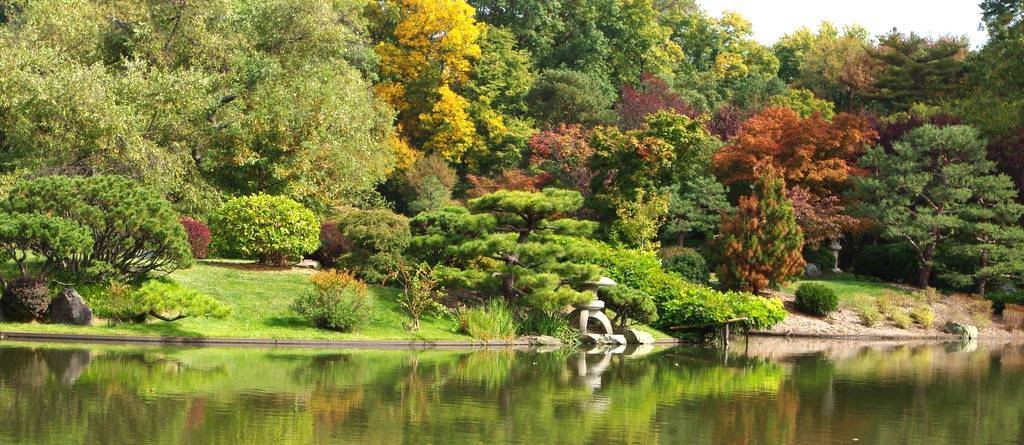
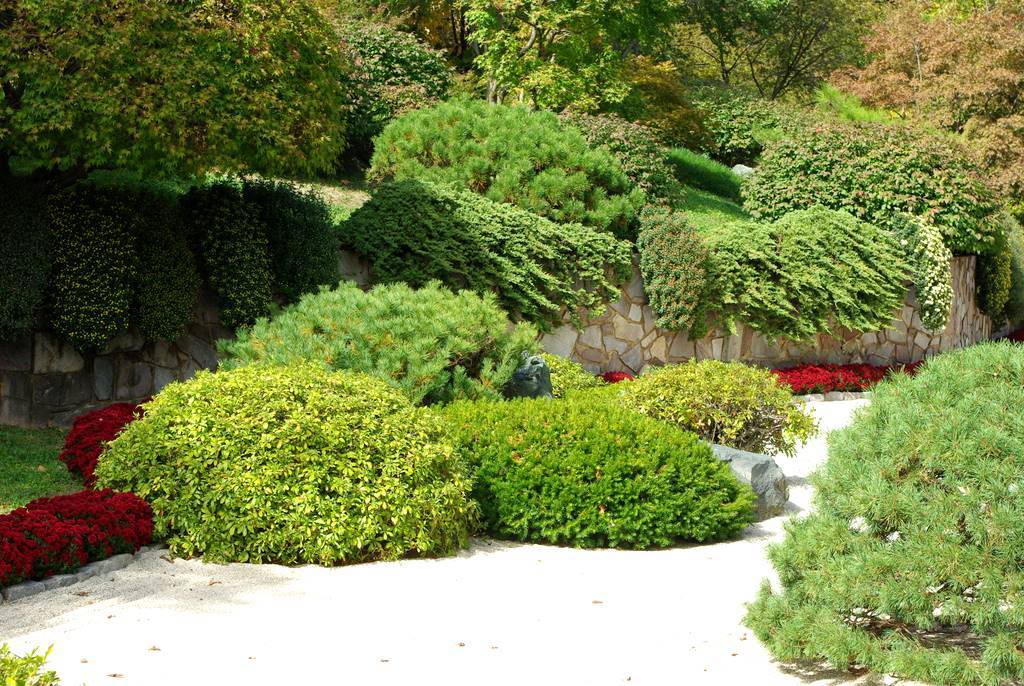
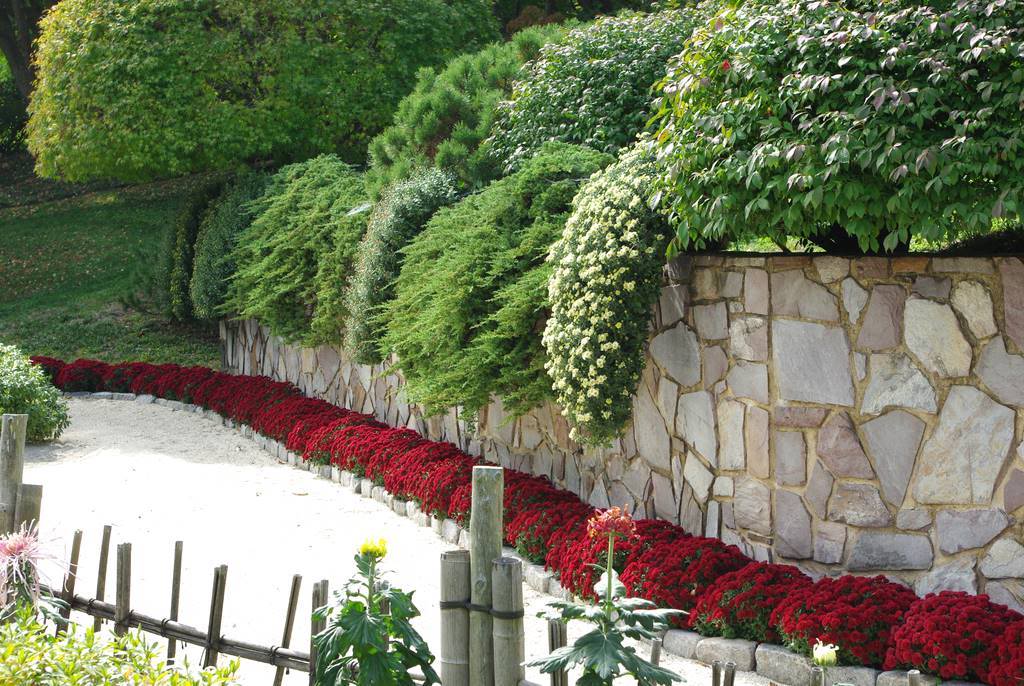
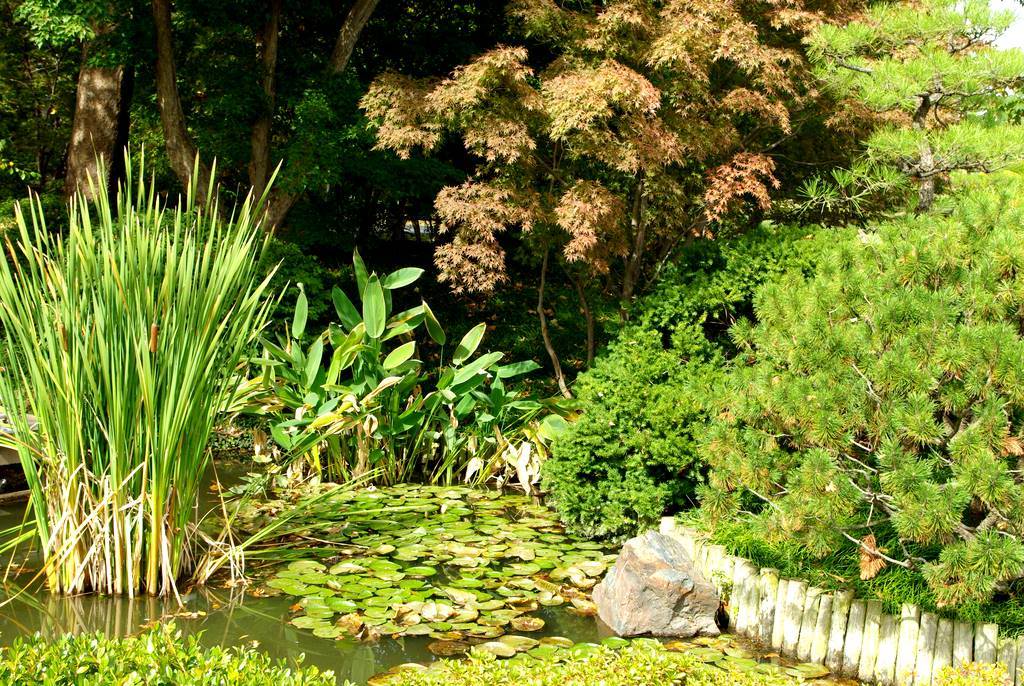
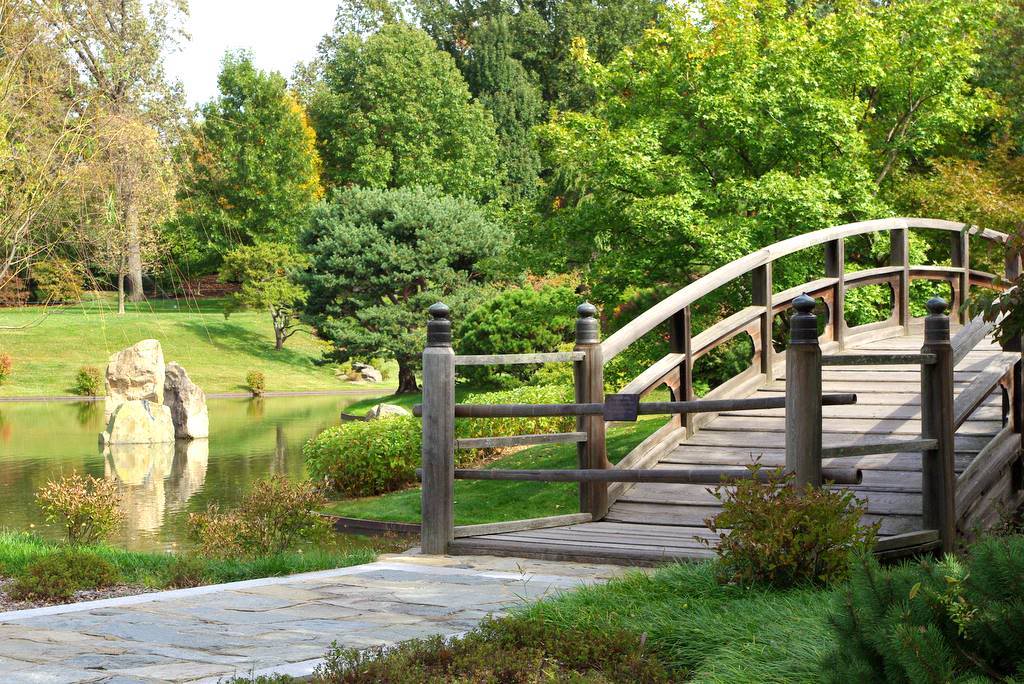
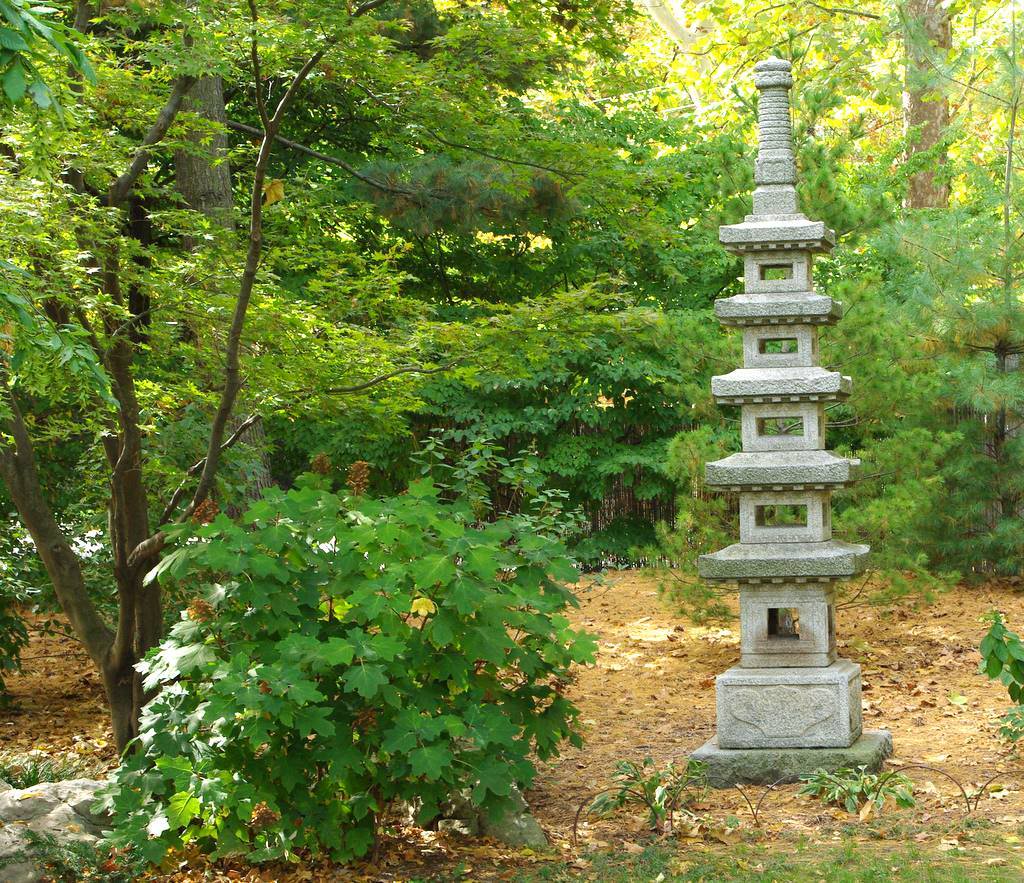
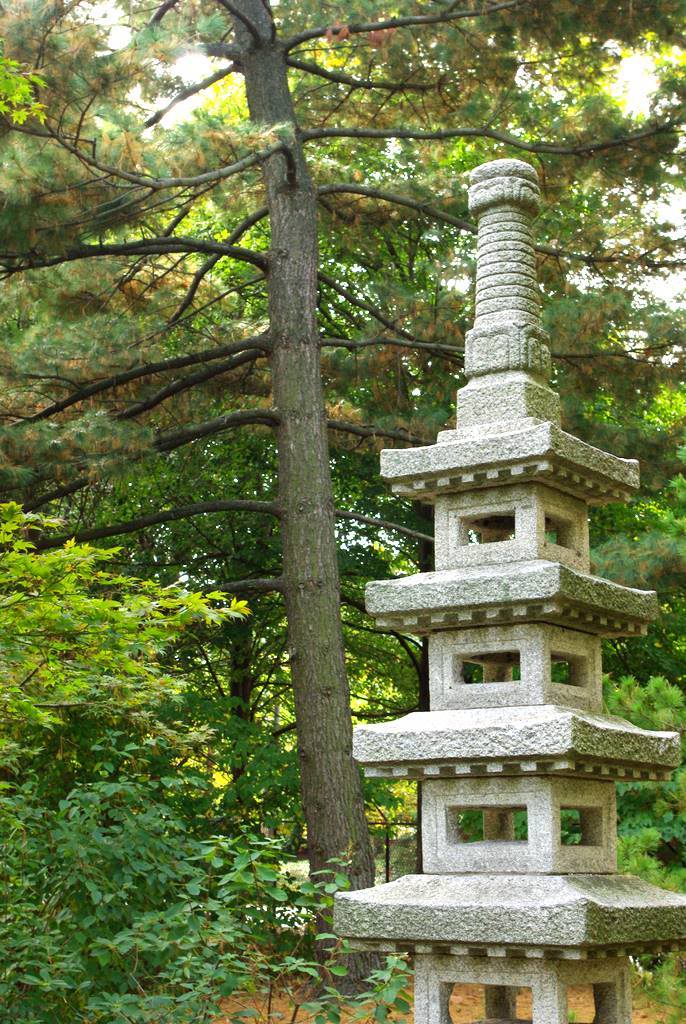
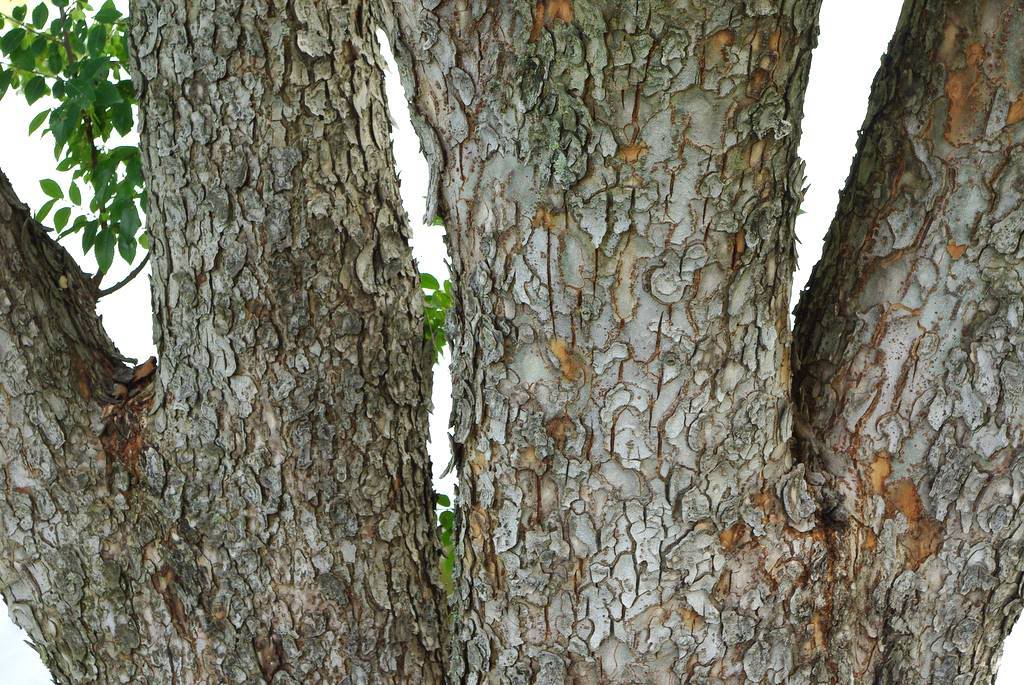
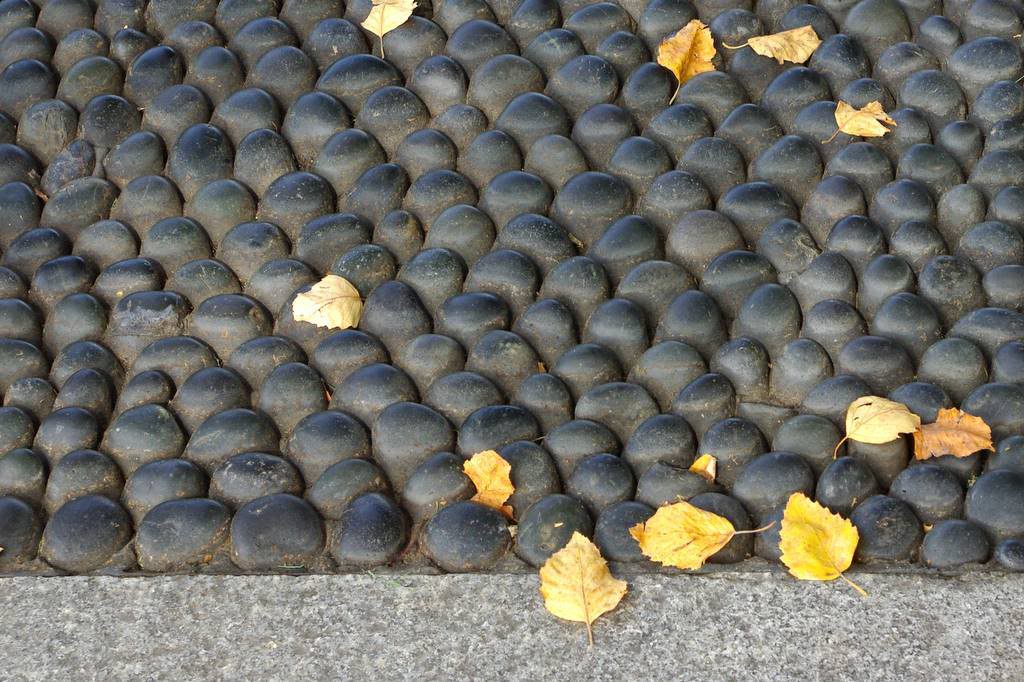
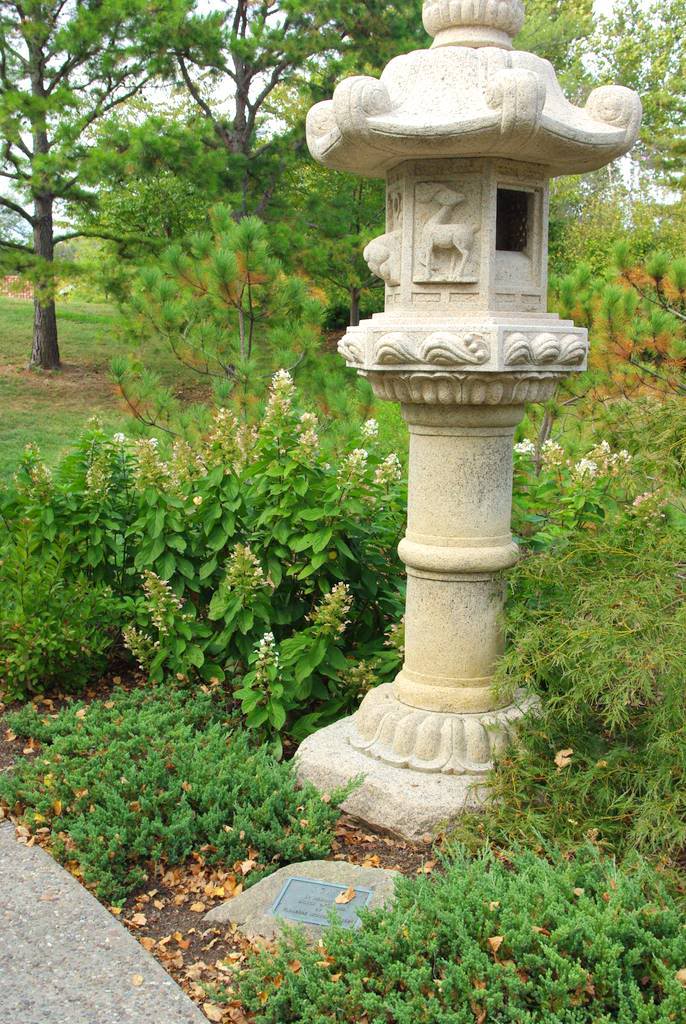




Great post! I love Japanese gardens. I could spend the rest of my life studying the Japanese approach to gardening. Each one I've seen, while following the same basic design principles, it still unique. This applies to the one at MOBOT as well.